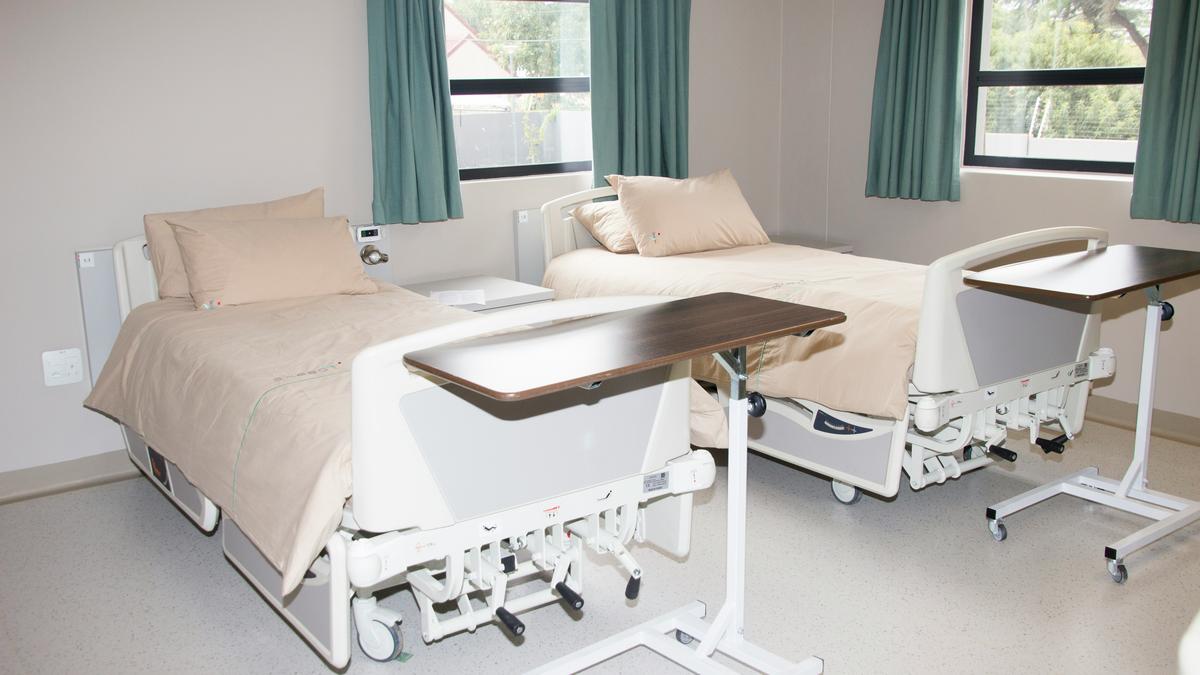The researchers built a real mattress with flexible plastic panels joined by thin metal strips. Representative image.
| Photo Credit: Hush Naidoo Jade/Unsplash
Pressure ulcers, also known as bedsores, happen when the same spots on a person’s skin are squashed for too long, cutting off blood flow and killing tissue. Today’s alternating-pressure mattresses try to stop this by gently inflating and deflating air-filled sections so no one patch of skin stays under pressure.
But many of these beds simply aim to reduce the peak pressure and the results have been mixed.
In a new study, researchers from the University of California Los Angeles asked a surprising question: what if the best way to stop ulcers is to raise the peak pressure for short periods, then drop it, rather than keeping it low all the time?
The team built a full-sized research bed containing 1,260 small electric rams. Each ram could rise or drop by up to 10 cm, allowing the surface to form a chess board of hills and valleys that could flip back and forth.
Then, using an anatomically correct 100-kg dummy, a thin foam pad, and an electronic pressure-mapping mat, they recorded the pressures under the back, hips, and heels for many patterns of hills and valleys. During this, they tracked the hill-to-hill spacing and the depth.
For each pattern they calculated the total area of skin that stayed above the blood cut-off pressure, about 32 mm (Hg). They also checked how sensitive this area was to people who have slightly higher or lower personal cut-off pressures, from 20 to 40 mm (Hg).
The data revealed that patterns with higher peak pressures actually reduced the area above the cut-off and that larger pressure differences between the parts with and without pressure helped too. In fact, the team found the sweet spot to be a pattern with a 12-13 cm gap between hills and a 2.5 cm distance between valley bottoms and hill tops.
Finally, the researchers built a real mattress with flexible plastic panels joined by thin metal strips. When someone lay on it, the panels snapped into a stable pattern. A gentle push or a small motor under the apparatus could flip it to a second stable shape. This was achieved with the help of balancing springs that countered the person’s weight, such that switching between the two shapes required only about 85 N of force, or less than 10% of a 100 kg user’s weight.
With the dummy lying flat, the new mattress reduced the area under the cut-off by a factor of 34 relative to a regular 160 sq. cm hospital foam pad. The area also changed very little when the cut-off was shifted from 20 to 40 mm (Hg), meaning it could work for many body types.
In 60 trials, the team could flip the mattress reliably with an 85-N pull, indicating that the spring-assisted design would be practical for healthcare workers to operate.
The findings were published in Science Robotics on June 18.
Published – June 24, 2025 06:00 am IST
